Home>Gardening & Outdoor>Landscaping Ideas>Why To Have Small Holes In My Grass
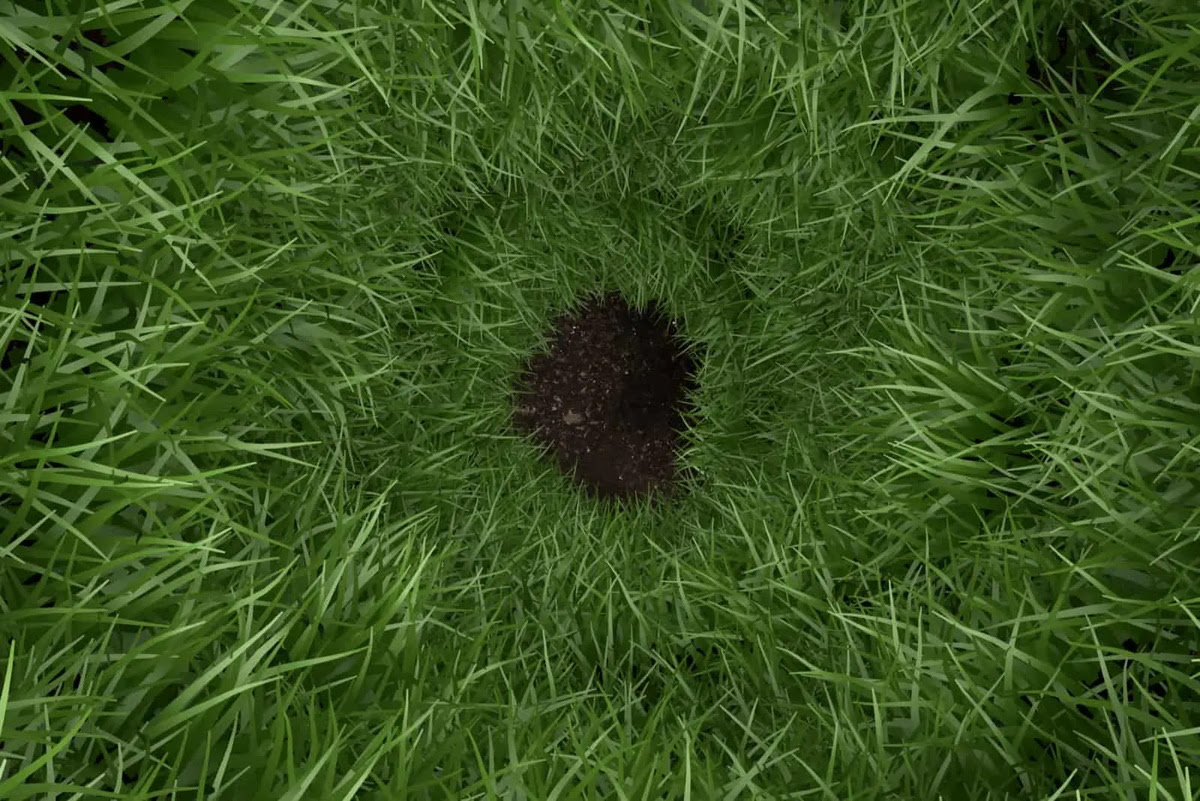

Landscaping Ideas
Why To Have Small Holes In My Grass
Modified: February 18, 2024
Enhance your landscaping with small holes in your grass for improved aeration and drainage. Discover effective landscaping ideas for healthier, more vibrant lawns.
(Many of the links in this article redirect to a specific reviewed product. Your purchase of these products through affiliate links helps to generate commission for Storables.com, at no extra cost. Learn more)
**
Introduction
**
When envisioning a lush, vibrant lawn, the idea of intentionally creating small holes in the grass might seem counterintuitive. However, these seemingly insignificant perforations can yield a multitude of benefits for your lawn. The concept of introducing small holes into the grass is not a random act, but rather a strategic and thoughtful approach to enhancing the health and vitality of your lawn. In this article, we will delve into the advantages of incorporating small holes in your grass, explore the methods for creating them, and discuss the essential maintenance practices to ensure their longevity. By the end of this read, you will gain a newfound appreciation for these unassuming punctures and understand why they are a valuable asset to any thriving lawn.
**
Key Takeaways:
- Small holes in your grass may seem insignificant, but they enhance aeration, water infiltration, and nutrient absorption, leading to a lush and resilient lawn.
- Creating small holes in your grass promotes healthy root growth, prevents soil compaction, and resists pests, resulting in a vibrant and thriving lawn.
Benefits of Small Holes in Grass
**
Creating small holes in your grass offers a range of benefits that contribute to the overall health and resilience of your lawn. Let's explore the advantages of this seemingly unconventional practice:
-
Enhanced Aeration: Small holes facilitate improved air circulation within the soil, which is essential for the roots of the grass to access oxygen. This aeration process promotes robust root growth and overall plant health, leading to a more resilient and lush lawn.
-
Improved Water Infiltration: By creating small holes in the grass, you enable better water penetration into the soil. This prevents water runoff and promotes efficient absorption, reducing the risk of water pooling on the surface and aiding in the prevention of waterlogged areas.
-
Enhanced Nutrient Absorption: The presence of small holes allows essential nutrients, such as fertilizers, to permeate the soil more effectively. This promotes better nutrient uptake by the grass roots, leading to improved growth and vibrancy.
-
Thatch Reduction: Thatch, a layer of dead grass and organic matter that accumulates on the soil surface, can impede the healthy growth of grass. Small holes aid in breaking down thatch by promoting microbial activity, thus contributing to a healthier lawn ecosystem.
-
Soil Compaction Prevention: Over time, soil compaction can occur due to various factors, such as foot traffic and heavy machinery. Small holes help alleviate soil compaction by loosening the soil, allowing the grassroots to penetrate deeper and access essential resources.
-
Enhanced Seed Germination: When overseeding or establishing new grass, small holes provide an ideal environment for seed germination. The holes create a protective microclimate that supports seedling growth and establishment.
-
Improved Pest and Disease Resistance: A well-aerated lawn with healthy root systems is better equipped to resist pest infestations and diseases. Small holes contribute to an environment that discourages the proliferation of pests and pathogens.
Incorporating small holes into your grass offers a myriad of benefits that contribute to the overall health and vigor of your lawn. By understanding and harnessing these advantages, you can cultivate a resilient and thriving lawn that enhances the beauty of your outdoor space.
**
How to Create Small Holes in Grass
**
Introducing small holes into your grass requires a strategic approach to ensure that the process is effective and beneficial for your lawn. Here are several methods for creating small holes in your grass:
-
Aeration Equipment: One of the most efficient ways to create small holes in your lawn is by using aeration equipment, such as a manual or powered aerator. These tools are designed to penetrate the soil and extract small cores, allowing for enhanced air and water circulation.
-
Spiking or Tining: Spiking or tining involves using specialized tools to puncture the soil and create small holes. This method can be effective for relieving compaction and promoting aeration, although it may not remove soil cores like traditional aeration equipment.
-
Spike Shoes: Spike shoes, which feature spikes on the soles, can be worn while walking across the lawn to create small holes. This method is more labor-intensive and may be less effective than using dedicated aeration equipment, but it can still contribute to improved soil aeration.
-
Hand Tools: For small-scale projects or targeted aeration, hand tools such as garden forks or manual aerators can be used to create small holes in specific areas of the lawn. This approach allows for precision and control when addressing localized compaction or drainage issues.
-
Overseeding with Aeration: When overseeding the lawn, combining the process with aeration can effectively introduce small holes while simultaneously facilitating seed germination. This integrated approach promotes new grass growth and overall lawn rejuvenation.
Before undertaking any method to create small holes in your grass, it is essential to assess the specific needs of your lawn and consider factors such as soil compaction, drainage issues, and overall lawn health. By choosing the most suitable method and timing for aeration, you can optimize the benefits of introducing small holes into your grass.
**
Aerating your lawn by creating small holes allows air, water, and nutrients to reach the grass roots, promoting healthy growth and reducing soil compaction.
Maintenance and Care for Small Holes in Grass
**
After creating small holes in your grass to reap the numerous benefits they offer, it is crucial to implement proper maintenance and care practices to ensure the long-term health and vitality of your lawn. Here are essential tips for maintaining and caring for small holes in your grass:
-
Regular Watering: Following aeration, it is important to water the lawn to promote the penetration of moisture into the small holes and encourage deep root growth. Adequate watering helps the grass recover from the aeration process and supports overall lawn health.
-
Applying Fertilizer: After creating small holes, consider applying a high-quality fertilizer to nourish the grass and optimize nutrient uptake. The small holes provide an ideal pathway for the fertilizer to reach the grassroots, promoting robust growth and vibrancy.
-
Monitoring Traffic: Minimize foot traffic and heavy equipment usage on the aerated lawn to prevent soil compaction and allow the grass to thrive undisturbed. Limiting activities that can compact the soil helps maintain the integrity of the small holes and supports aeration benefits.
-
Overseeding and Topdressing: If necessary, consider overseeding the lawn after aeration to promote new grass growth and fill in any sparse areas. Additionally, topdressing the lawn with a thin layer of compost or topsoil can enhance the aeration benefits and contribute to a healthier turf.
-
Observing Recovery Period: Allow the lawn to recover after aeration, minimizing activities that may disrupt the newly created small holes. Providing a period of undisturbed growth allows the grass to fully benefit from the aeration process and promotes optimal recovery.
-
Regular Maintenance: Incorporate regular lawn maintenance practices, such as mowing, watering, and pest control, to support the overall health of the grass. Consistent care contributes to a thriving lawn and maximizes the benefits of the small holes created through aeration.
By implementing these maintenance and care practices, you can optimize the benefits of small holes in your grass and ensure that your lawn remains healthy, vibrant, and resilient. With proper attention and nurturing, the small holes will contribute to a thriving lawn that enhances the beauty of your outdoor space.
**
Conclusion
**
Small holes in your grass may seem inconspicuous at first glance, but their impact on the health and vitality of your lawn is undeniable. The benefits of creating small holes, such as enhanced aeration, improved water infiltration, and nutrient absorption, contribute to a resilient and lush lawn that elevates the beauty of your outdoor environment. By understanding the advantages of small holes and implementing proper maintenance practices, you can cultivate a thriving lawn that becomes the centerpiece of your landscape.
Whether using specialized aeration equipment, hand tools, or integrated overseeding techniques, the creation of small holes in your grass is a thoughtful investment in the long-term health of your lawn. By embracing these practices, you can mitigate soil compaction, promote robust root growth, and establish an environment that is resistant to pests and diseases.
As you embark on the journey of nurturing your lawn, remember that the small holes you create are not merely punctures in the ground, but rather pathways to a flourishing and resilient turf. With regular watering, proper fertilization, and attentive maintenance, you can ensure that the benefits of small holes are maximized, resulting in a vibrant and thriving lawn that enhances the overall appeal of your outdoor space.
Embrace the potential of small holes in your grass, and witness the transformation of your lawn into a verdant oasis that beckons admiration and appreciation. With each small hole serving as a testament to your dedication to lawn care, you are poised to enjoy a landscape that exudes beauty, vitality, and enduring charm.
Frequently Asked Questions about Why To Have Small Holes In My Grass
Was this page helpful?
At Storables.com, we guarantee accurate and reliable information. Our content, validated by Expert Board Contributors, is crafted following stringent Editorial Policies. We're committed to providing you with well-researched, expert-backed insights for all your informational needs.
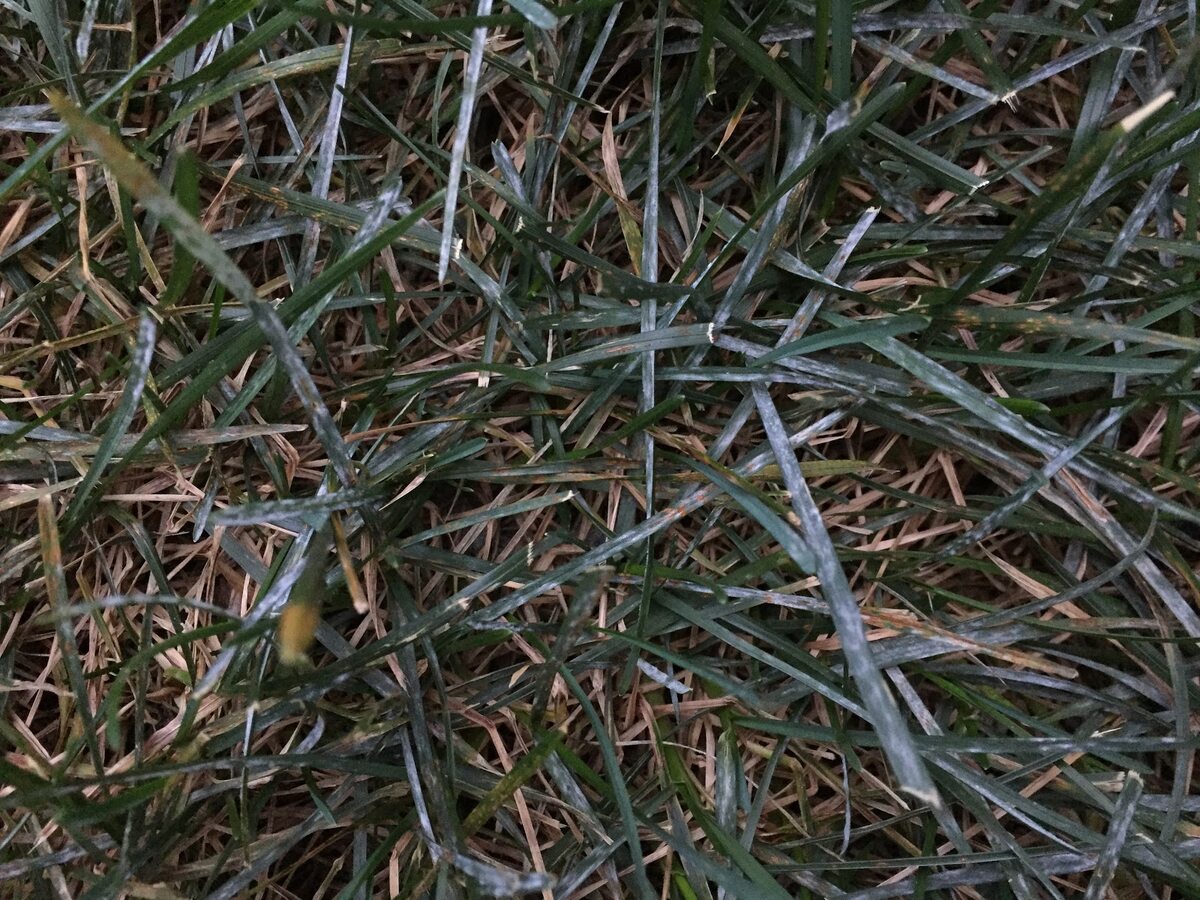

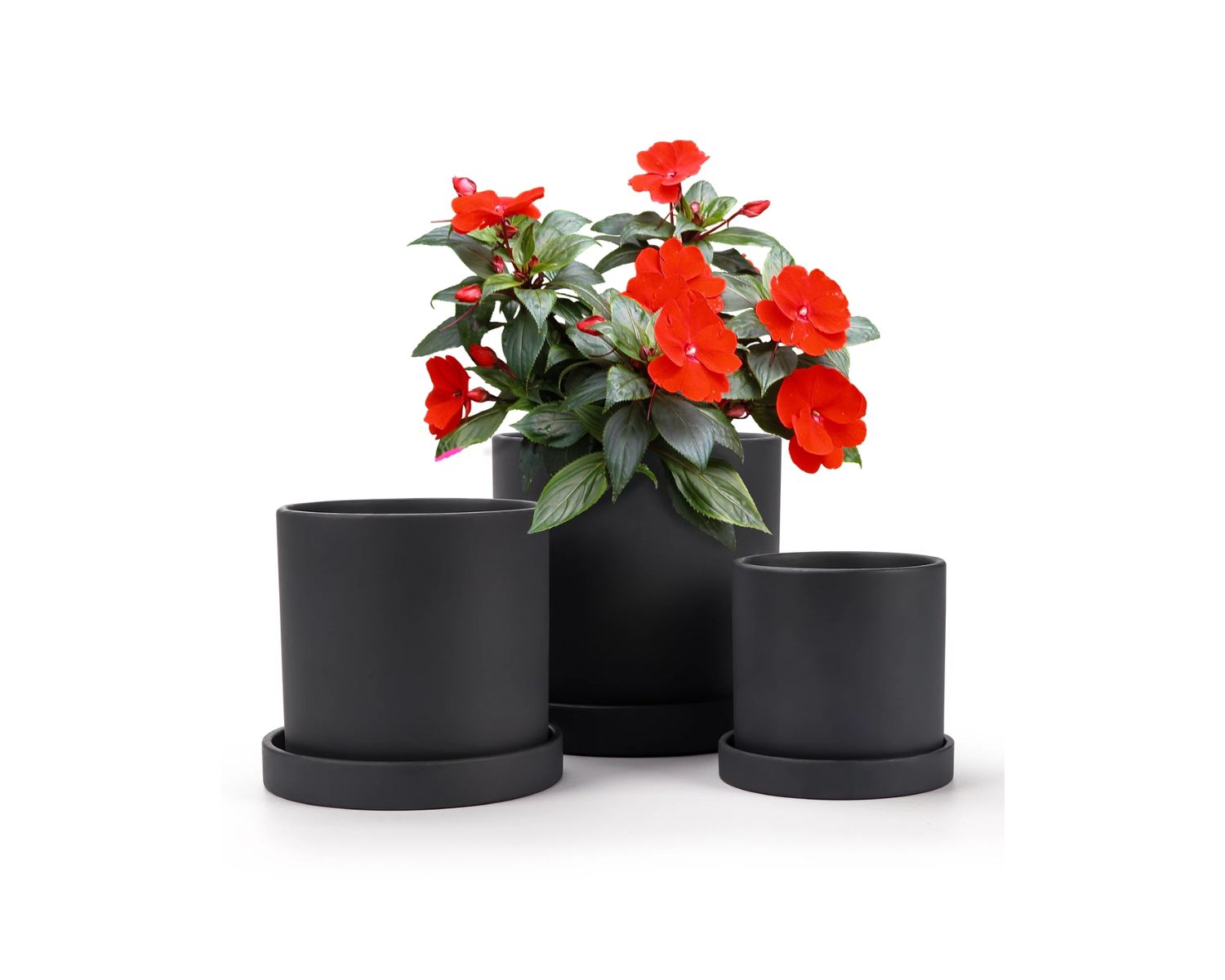
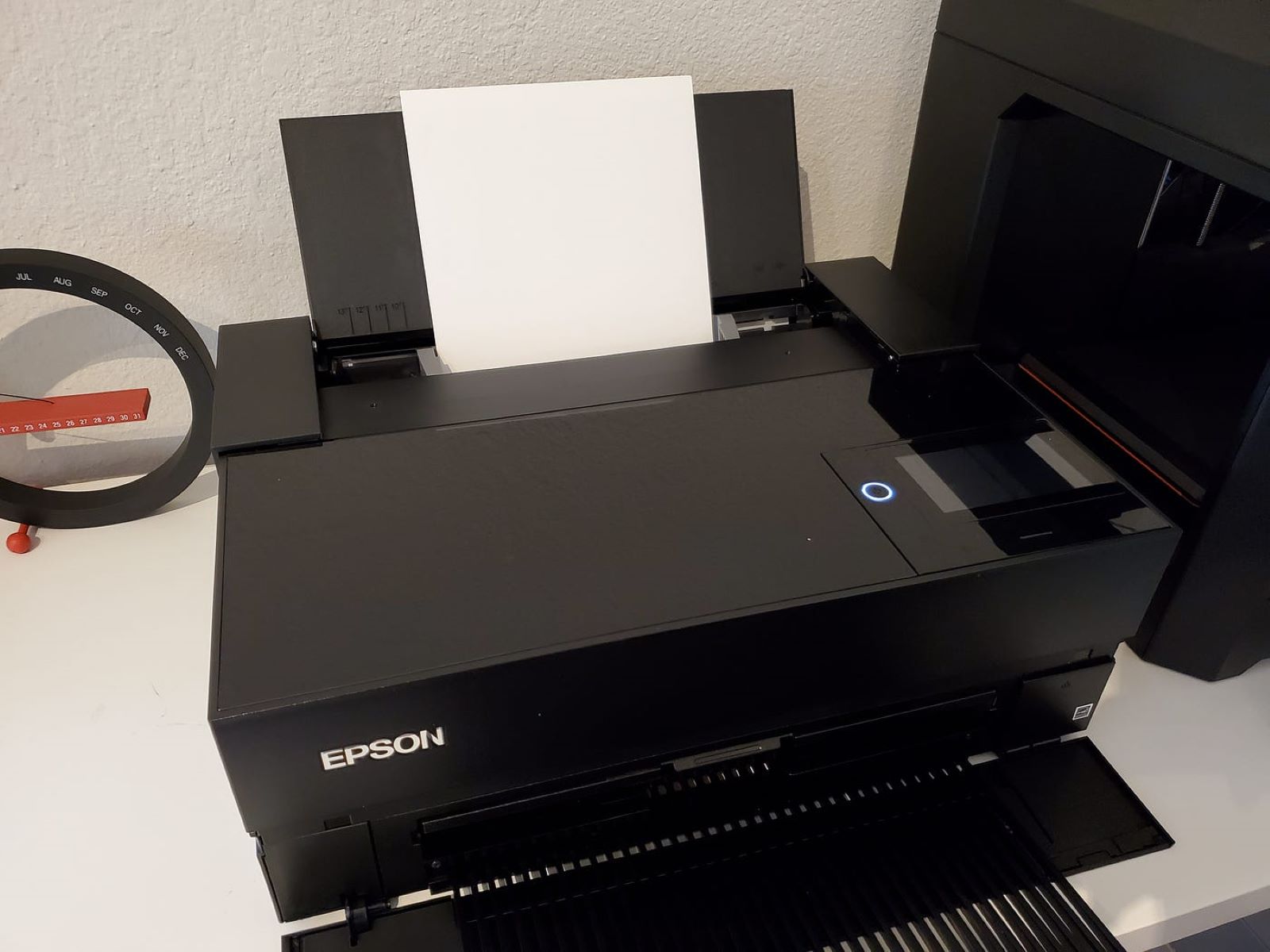
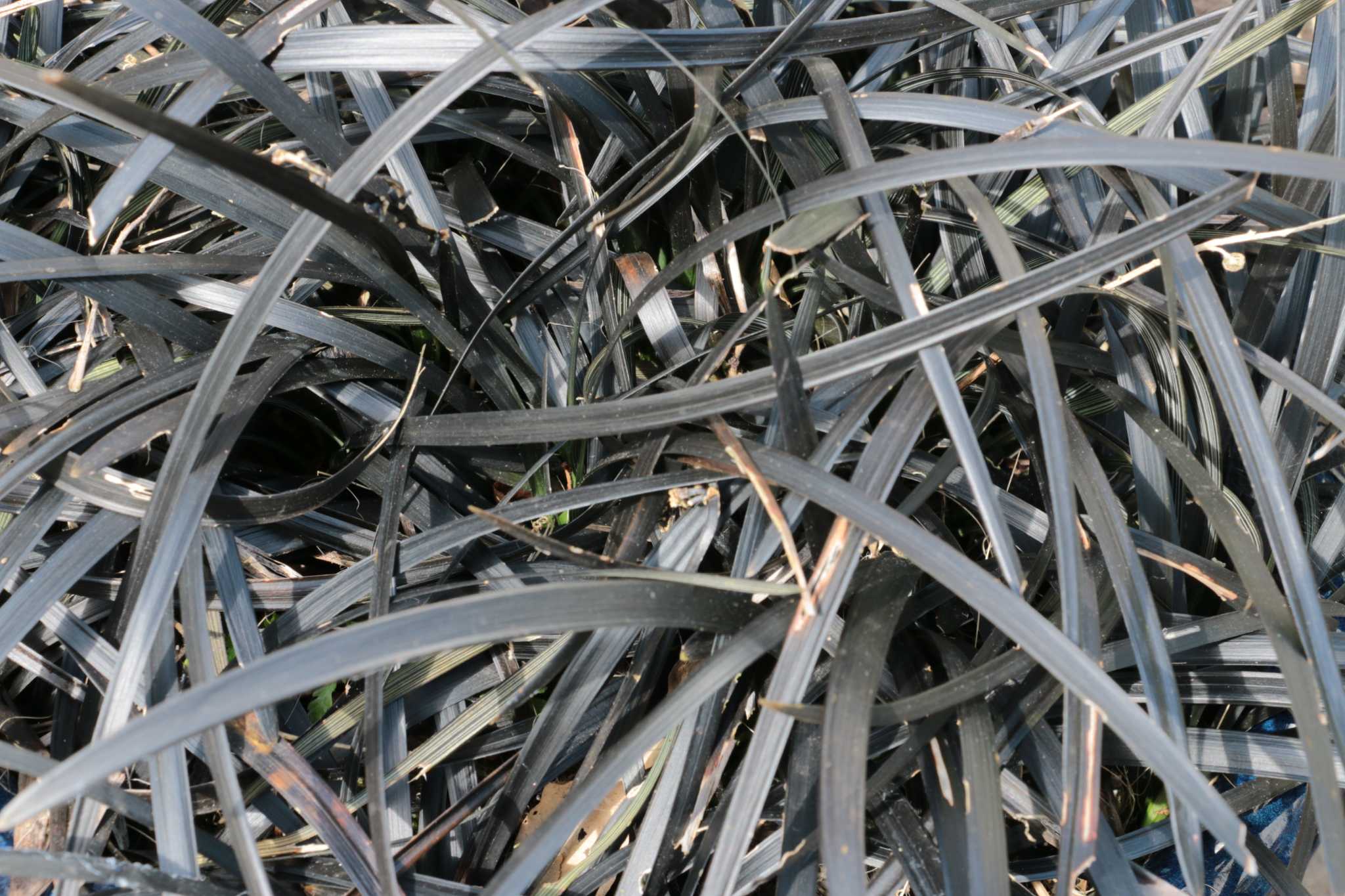
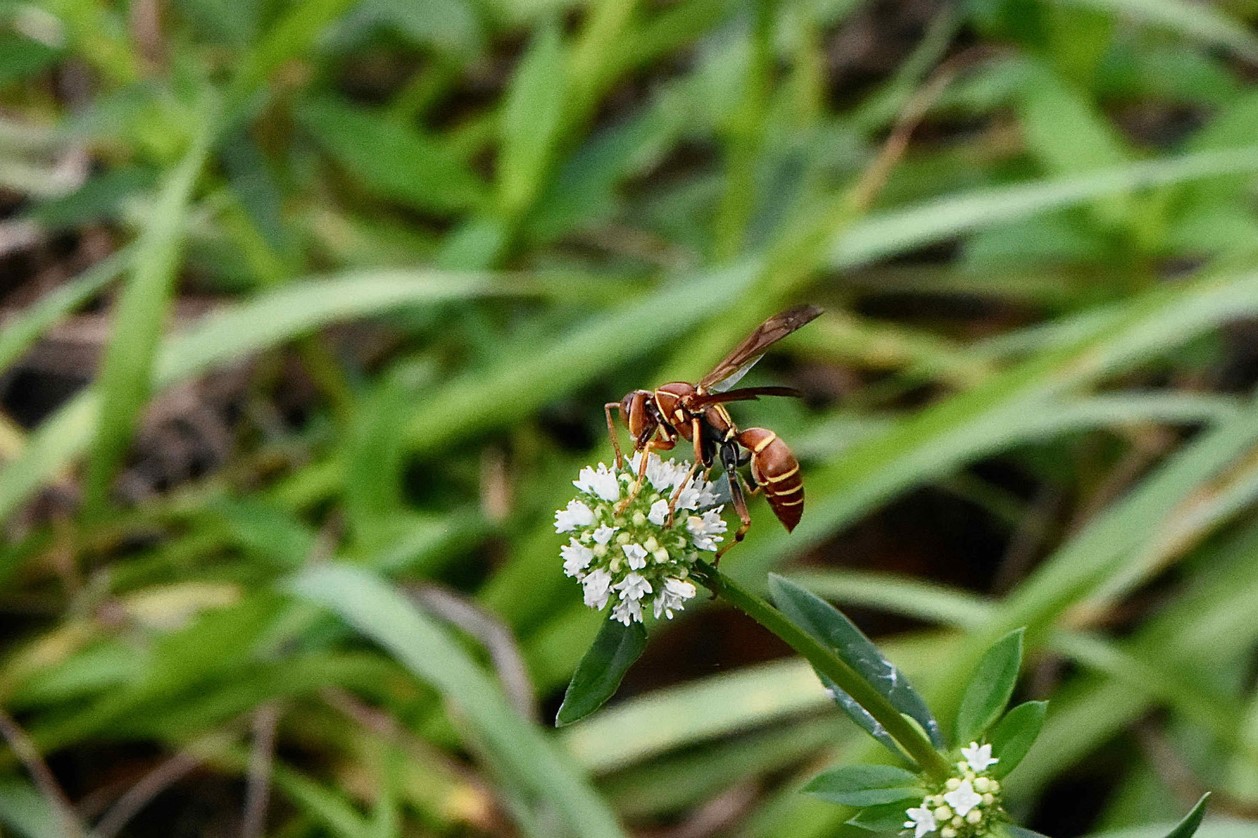

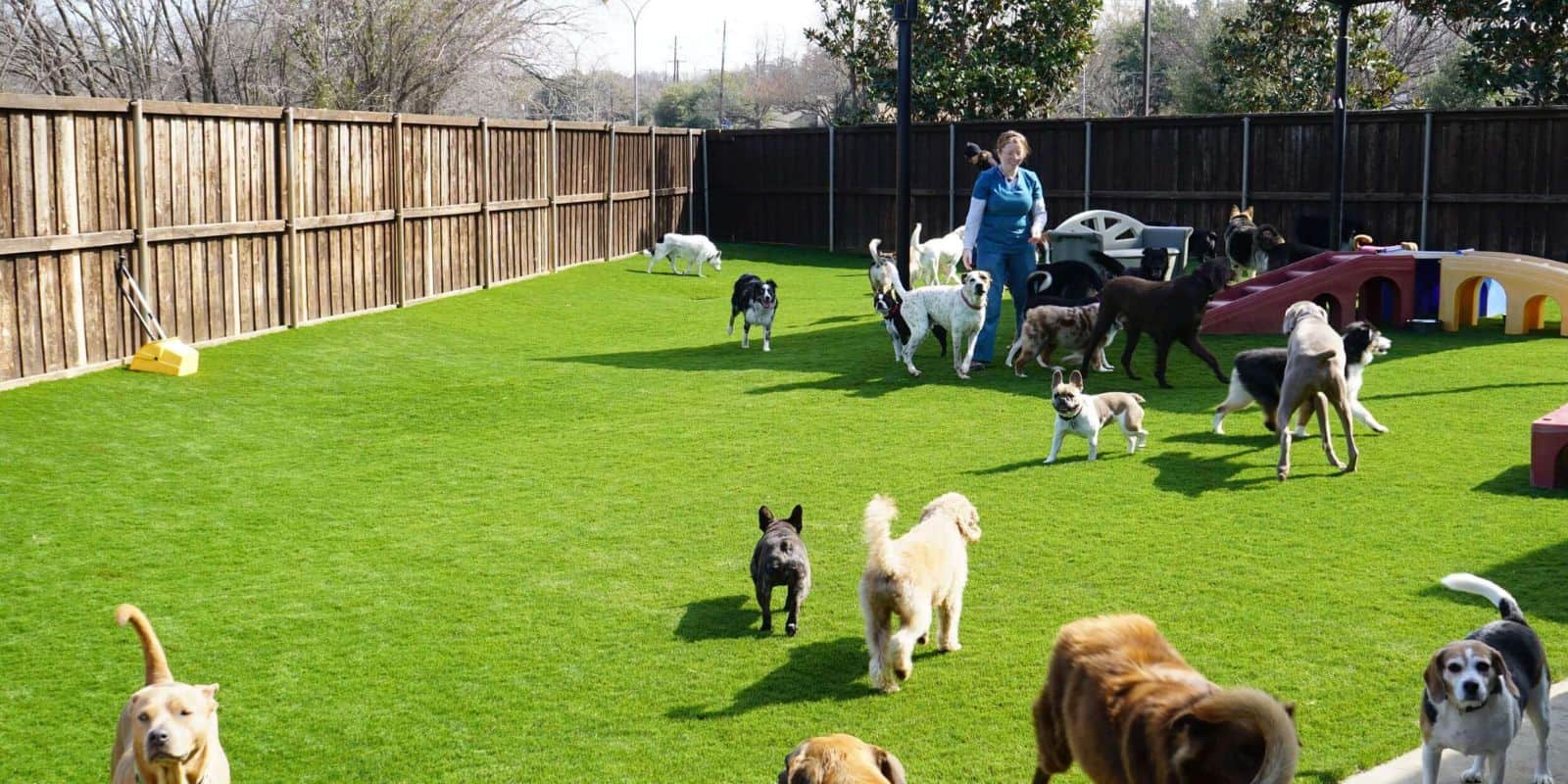
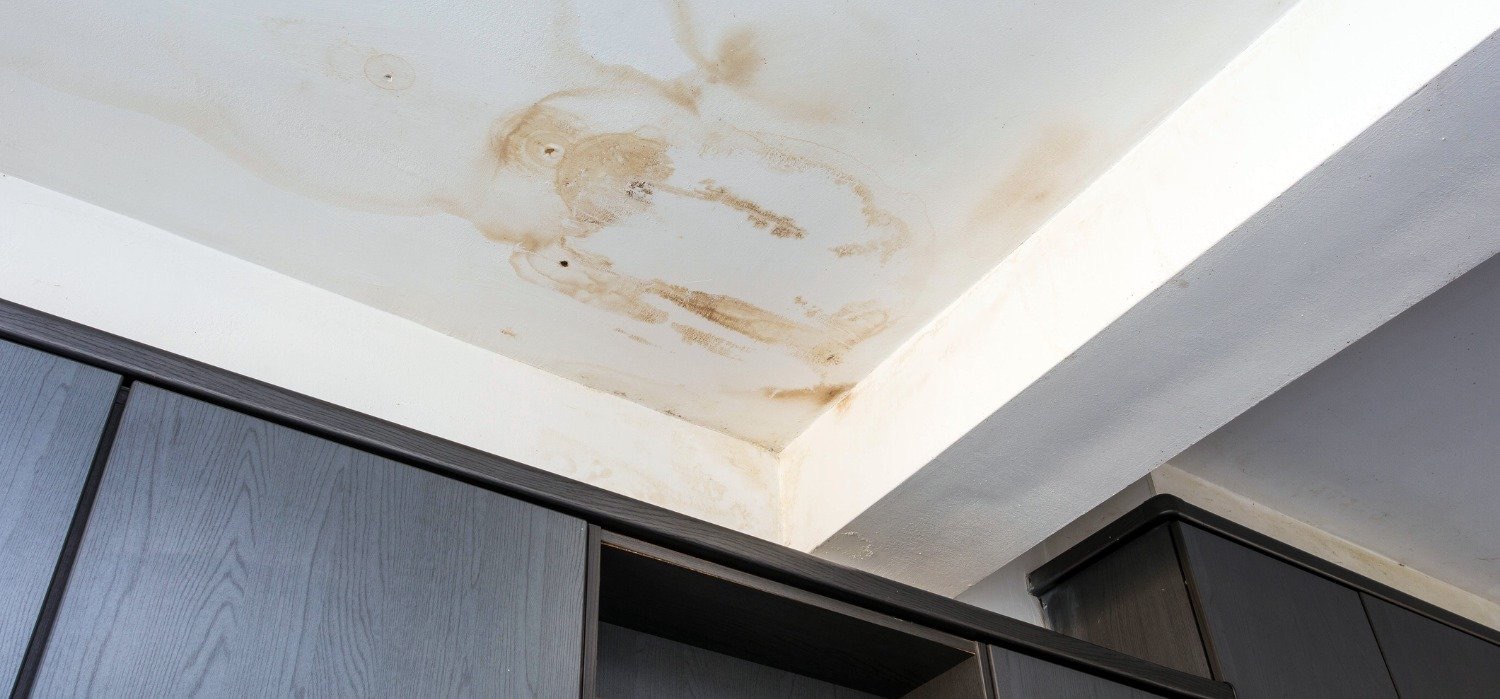
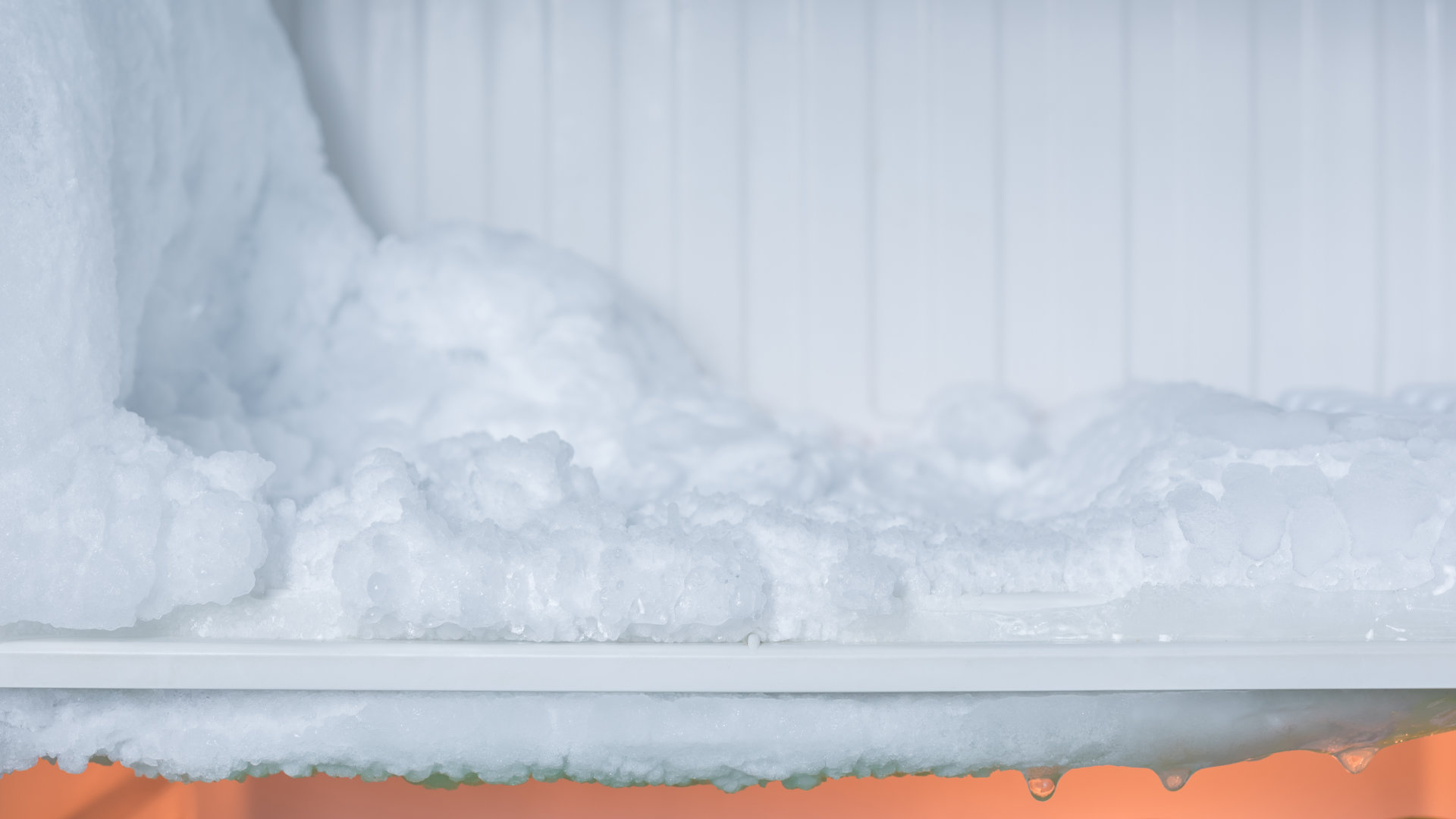
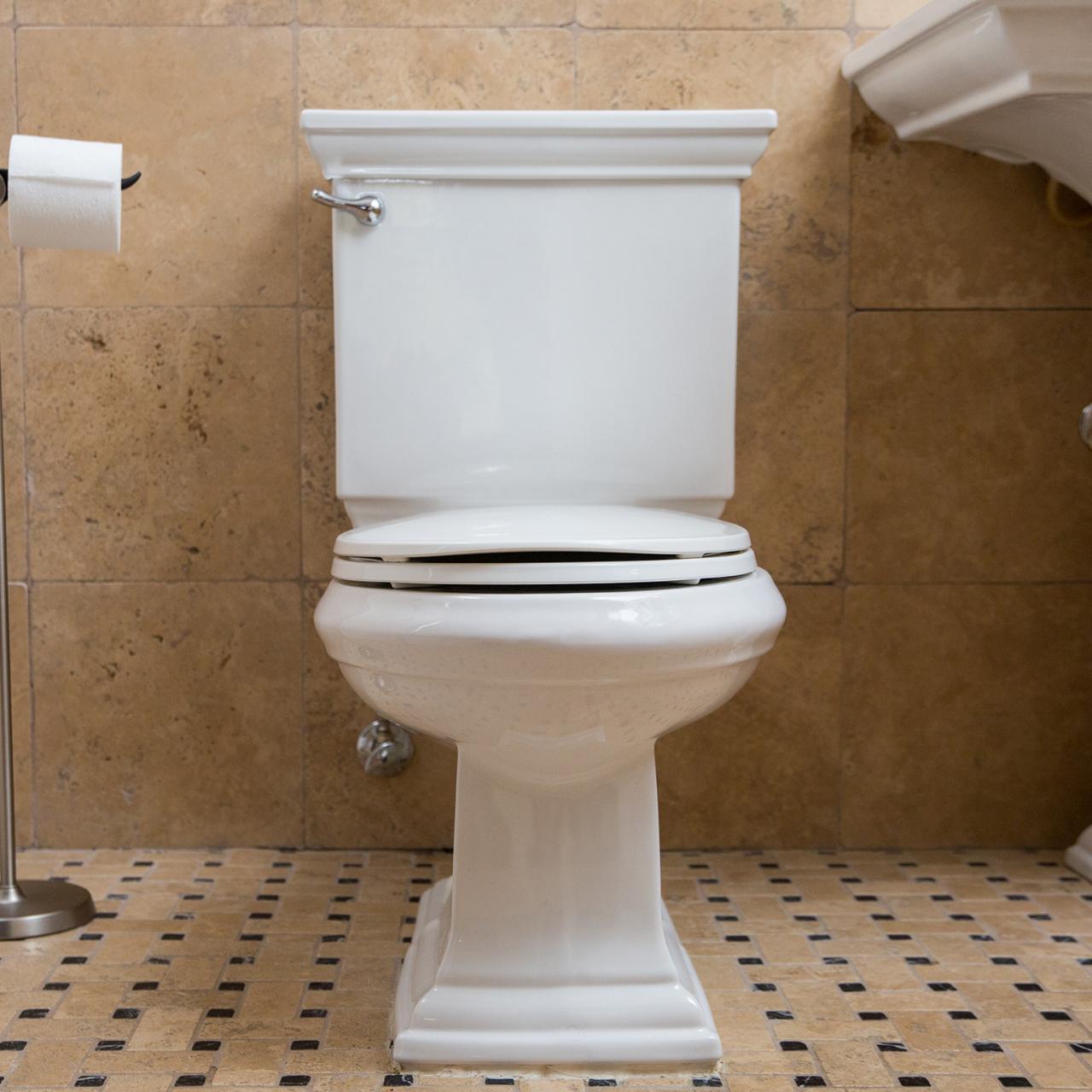
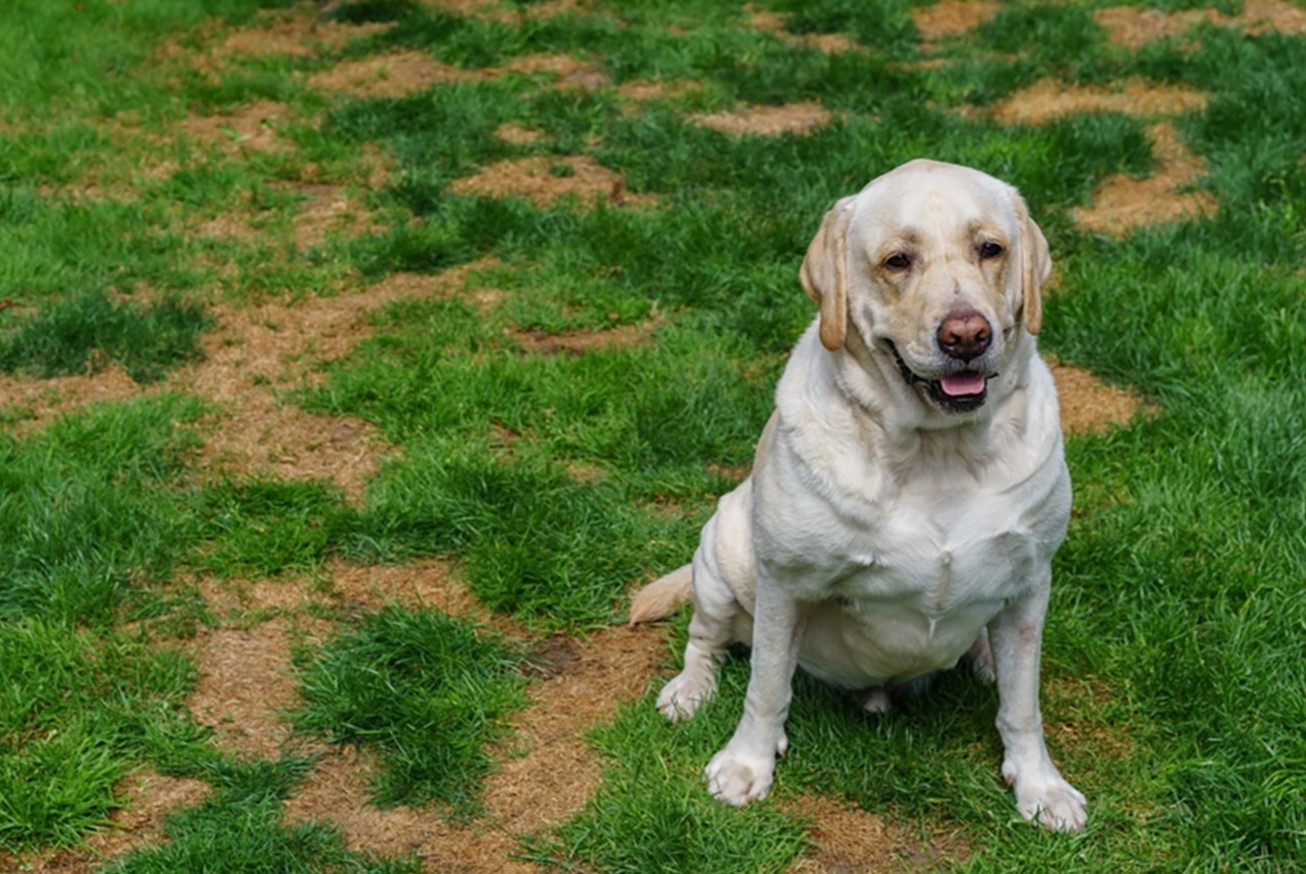

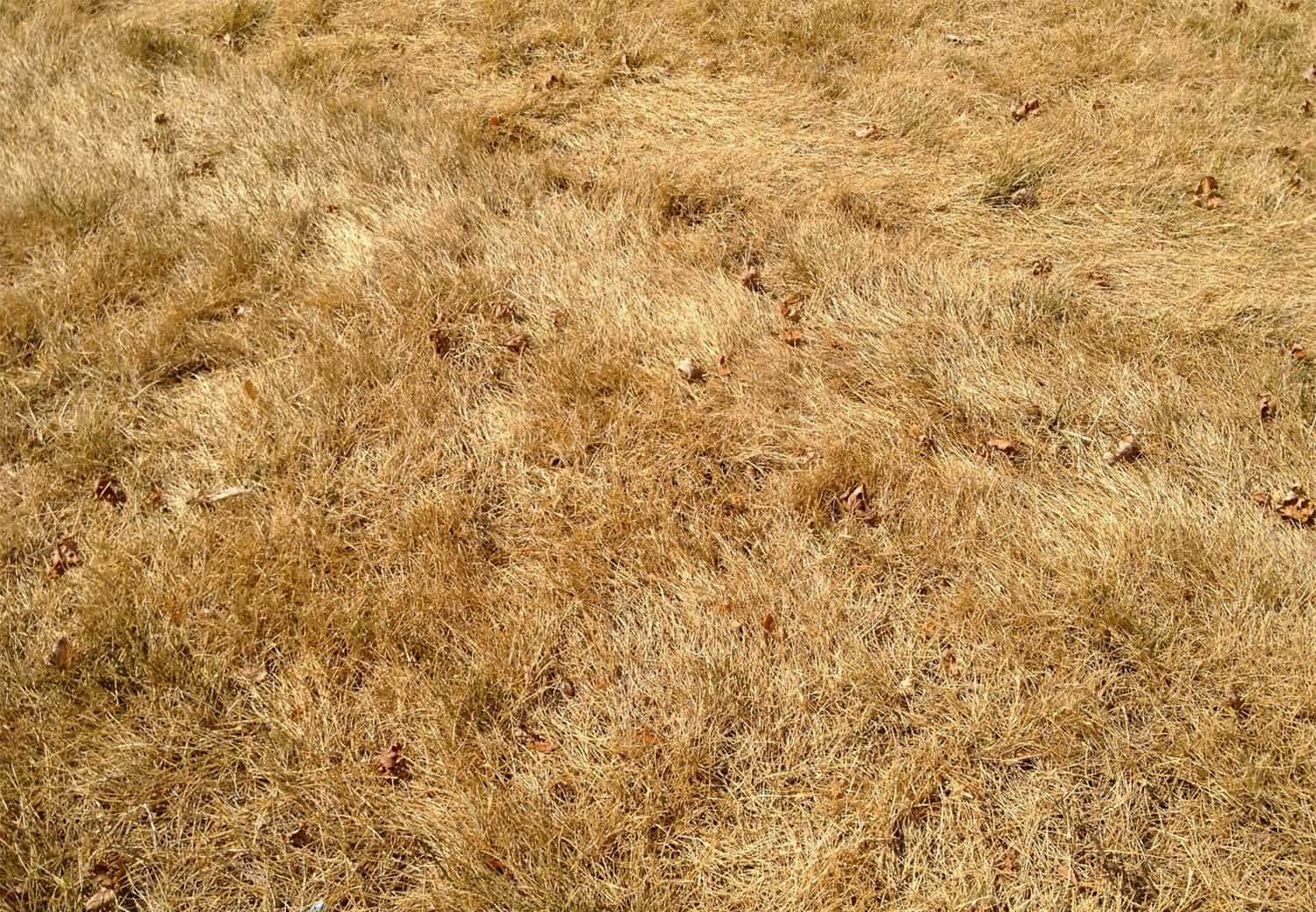
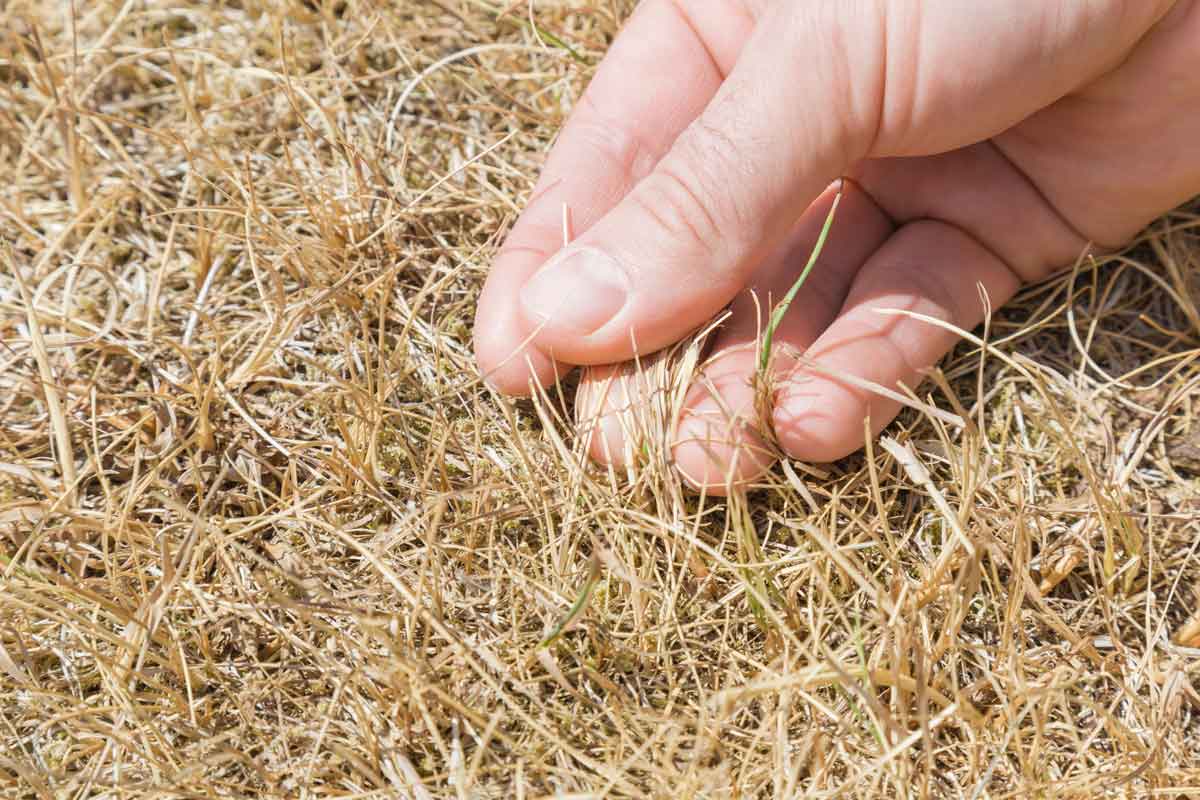

0 thoughts on “Why To Have Small Holes In My Grass”